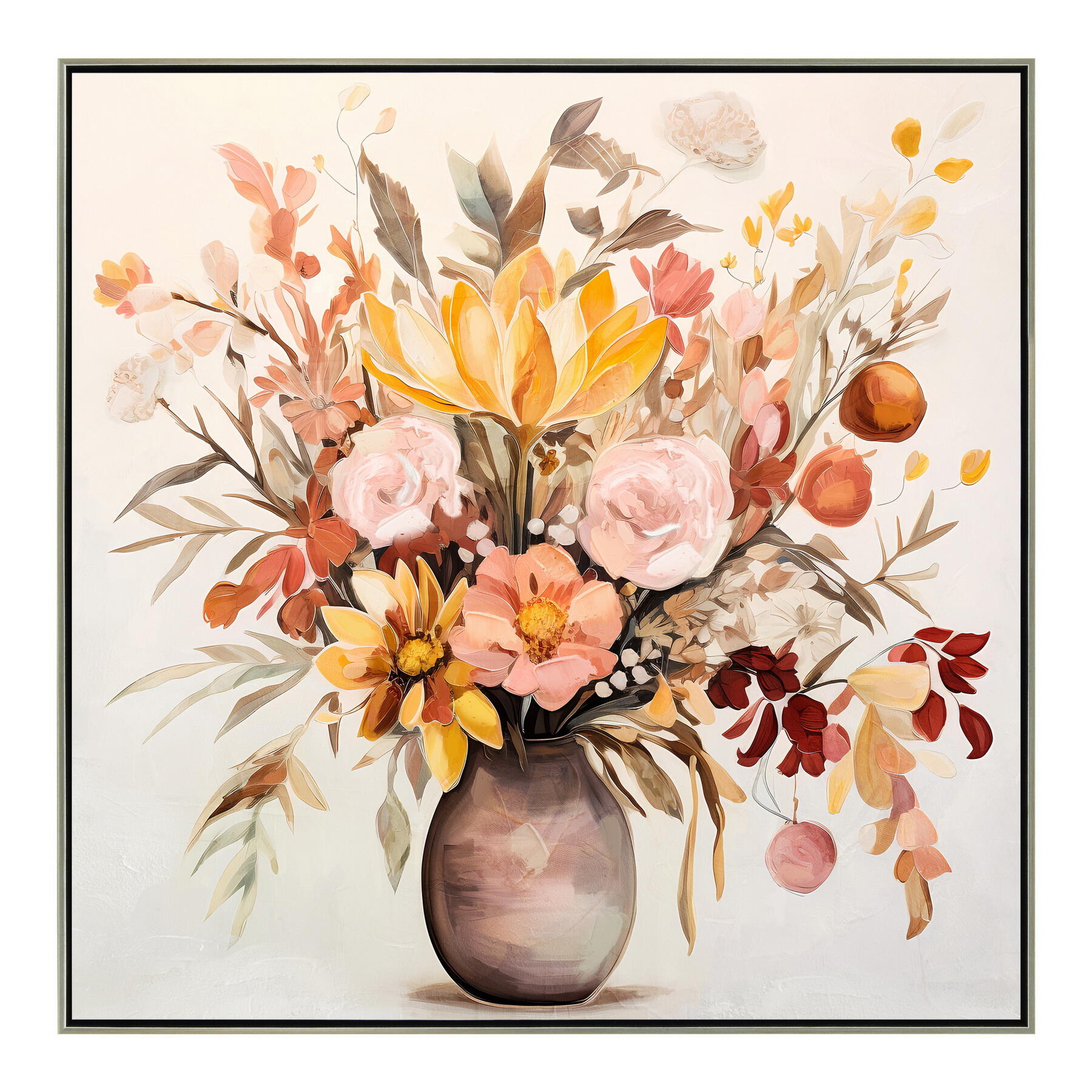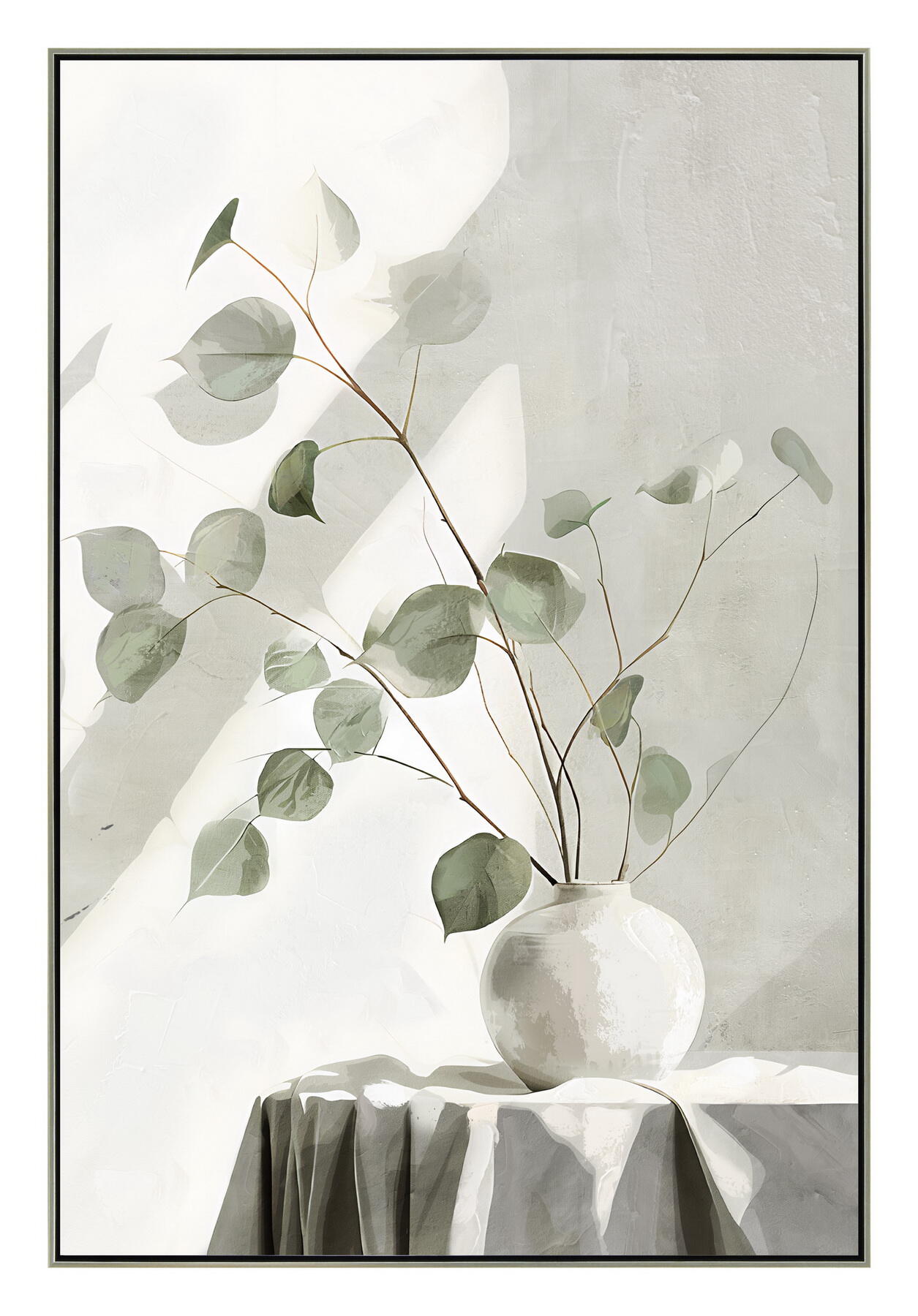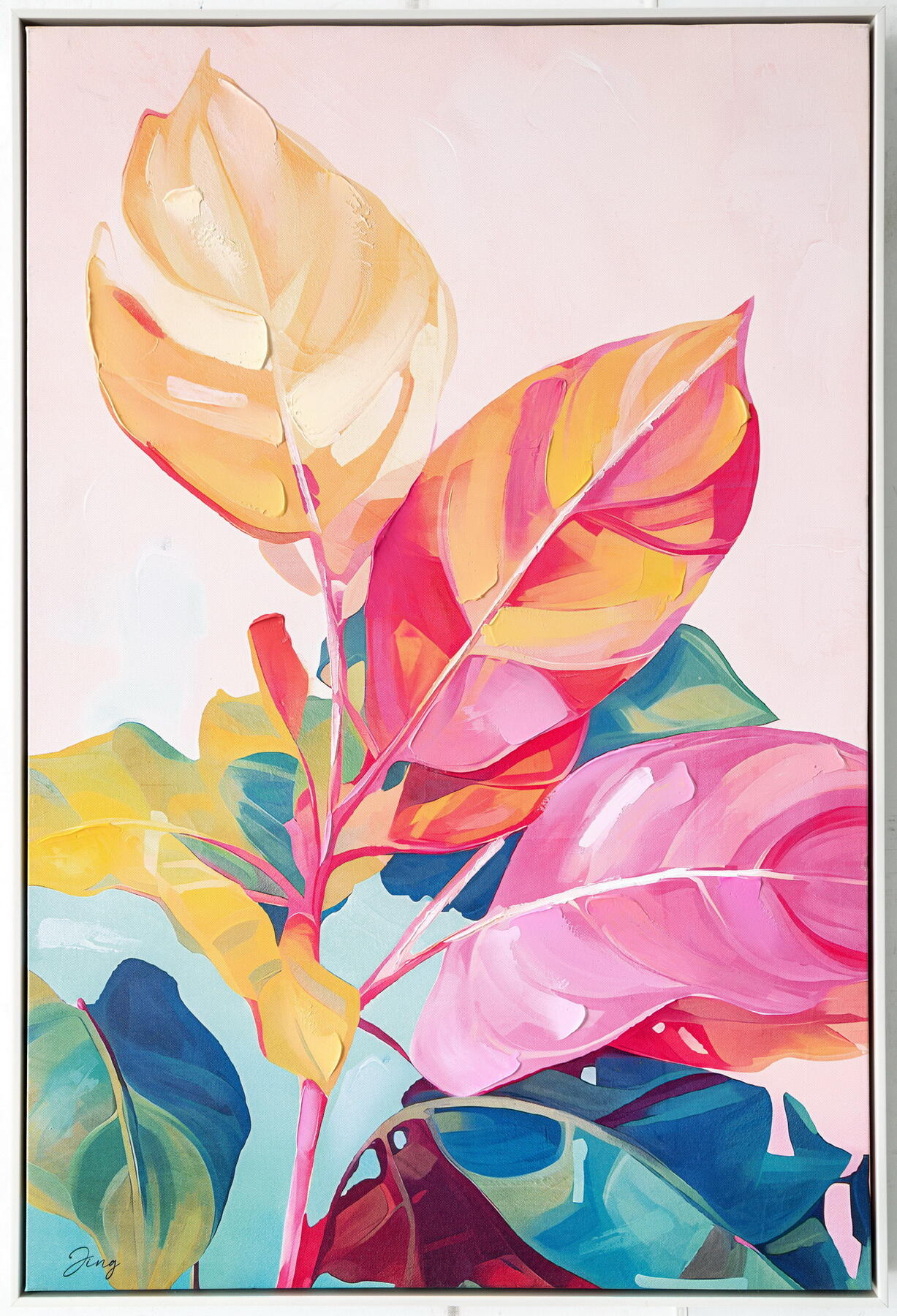still life art painting
Still life art painting represents a timeless genre in visual arts, focusing on the detailed depiction of inanimate objects arranged in a deliberate composition. This art form encompasses a wide range of subjects, from food and flowers to household items and decorative objects. The technical execution involves careful consideration of light, shadow, texture, and perspective to create realistic representations that capture the essence of everyday objects. Artists employ various techniques including glazing, impasto, and chiaroscuro to achieve depth and dimensional effects. Modern still life paintings often incorporate contemporary objects and digital techniques, while maintaining traditional principles of composition and light manipulation. The genre serves multiple functions, from purely aesthetic decoration to symbolic representation and technical study. It's particularly valuable for developing observational skills, understanding color theory, and mastering paint application techniques. The versatility of still life painting makes it suitable for both educational purposes and professional art creation, allowing artists to experiment with different styles from photorealism to abstract interpretations.


